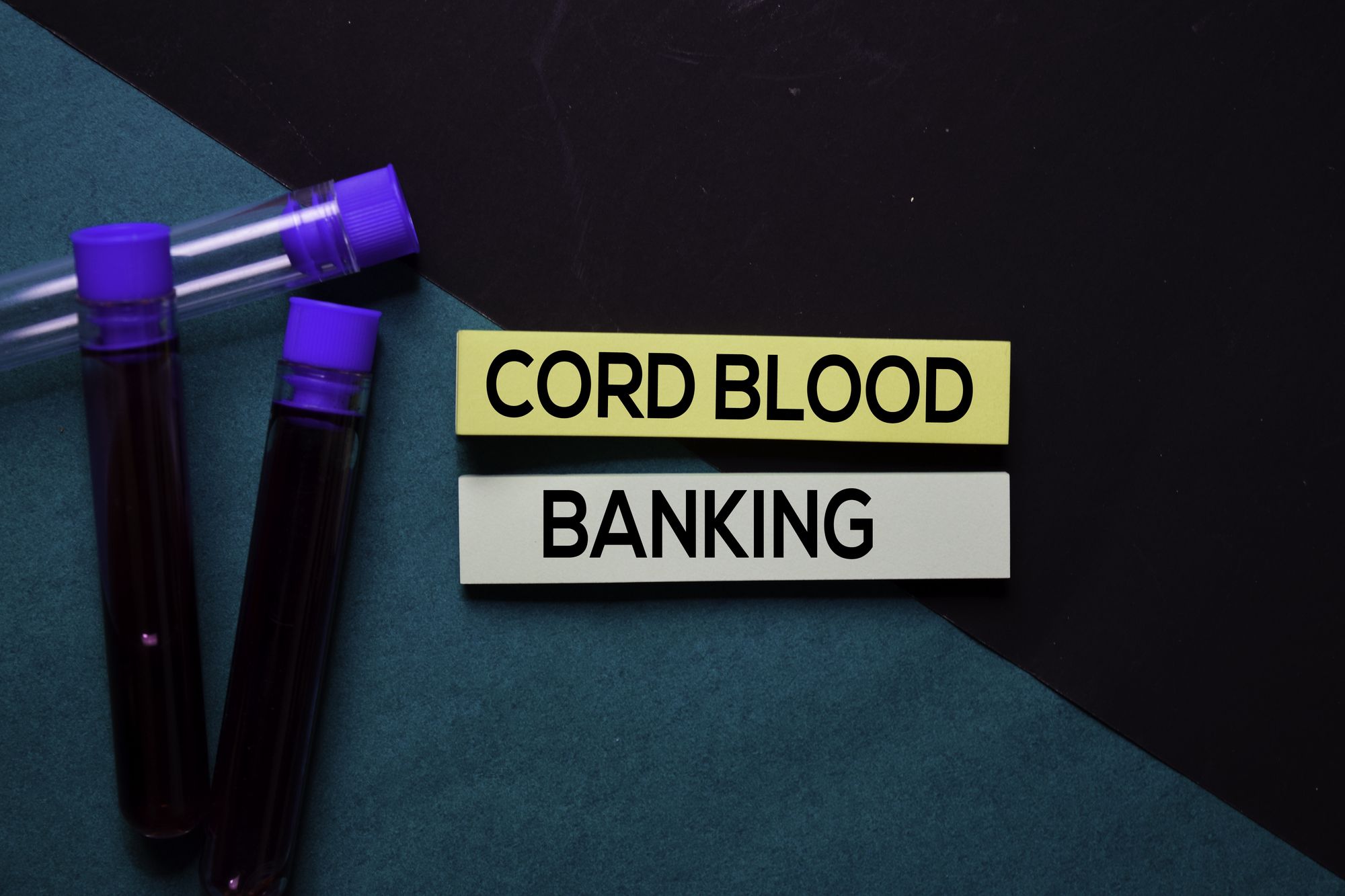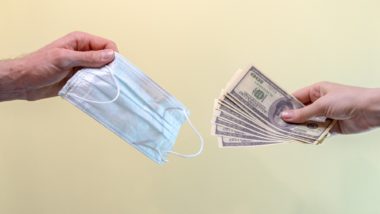Top Class Actions’s website and social media posts use affiliate links. If you make a purchase using such links, we may receive a commission, but it will not result in any additional charges to you. Please review our Affiliate Link Disclosure for more information.
As Cord Blood Bank of Canada faces a $600,000 lawsuit, patients across the country are concerned about the status of their children’s stem cells they are storing at the facility.
According to Health Canada, stem cells in cord blood can be used in the treatment of certain health conditions, including leukemia.
In 2015, Cord Blood Bank reportedly failed an inspection by Health Canada, but the blood bank was allowed to operate only if it stored samples for the potential use by the person to which they belonged and not their family members.
Since there is a low probability that a person’s own stem cells can be used for their own treatment, the change made it unlikely that the stem cell samples could be used at all.
Many Cord Blood Bank customers say they chose to store their children’s stem cells at the blood bank because of the potential that they could be used for family members. After Health Canada’s order, some clients attempted to transfer their children’s stem cell samples to a different facility.
However, they have reportedly been unable to get through to Cord Blood Bank. The company’s outgoing voicemail message reportedly states that Cord Blood Banks is not returning calls due to a medical emergency.
According to a CBC News report, Heather Girling and Lucio Valvasori are concerned about the lack of information.
The Toronto couple has reportedly spent more than $8,000 to store stem cells for three of their children.
“We put all this money and effort toward our children’s future,” Valvasori said. “We could have invested it, we could have used it for other things and we decided, no, let’s do this for them.”
After Cord Blood Bank failed to charge annual storage fees last year, they are wondering if the stem cells they stored are still viable.
“I’ve left numerous messages. No one’s called me back,” Girling said. “I’ve actually left messages saying that we needed the blood.”
In late 2017, Natasha Bitsakakis-Pack of Waterloo, Ontario, tried to move her daughters’ stem cell samples to another facility after her younger daughter was diagnosed with a rare genetic syndrome. Cord Blood Bank allegedly refused to release the samples unless she paid $33,500.
Bitsakakis-Pack and her husband subsequently filed an application in Ontario Superior Court seeking an order forcing Cord Blood Bank to release the samples. Their case settled out of court and, in February 2019, their children’s samples were transferred to another cord blood banking facility.
When the samples were tested at the new facility, the results showed that they contained a low percentage of viable stem cells and were therefore “unusable for any medical purpose,” Bitsakakis-Pack indicated in a statement of claim she filed in December.
In February 2018, Health Canada published information online about cord blood banking, in which it noted that the probability of using one’s own cord blood for treatment is low, because cells from a healthy donor are preferred. According to Health Canada, the chances of a person using their own cord blood for treatment is estimated to be between 1 in 20,000 and 1 in 250,000.
Cord Blood Bank argued in its statement of defence in Bitsakakis-Pack’s lawsuit that it had only stored samples intended for an individual’s use, not for family use. However, CBC News reports that more than two dozen clients of Cord Blood Bank told them that was not their understanding when they signed up. Some have reported that they paid an additional fee to store an extra sample to use for a family member.
Girling and Valvasori reportedly stored their second son’s cord blood with Cord Blood Bank in October 2013. The child died in July 2014, but Cord Blood Bank after reportedly told them that they could continue to store his samples for potential use for their other child, they continued to pay to store them.
Girling was reportedly charged the annual storage fee for the deceased child’s samples for two years after Cord Blood Bank was no longer allowed by Health Canada to store the samples.
“When you lose a child it’s a life sentence of sadness, and it kind of puts things in a perspective of what’s important,” Girling said. “People make mistakes, but come clean.”
The $600,000 lawsuit against Cord Blood Bank and its owner Bernadette Ellison accuses them of failing to store the cord blood samples properly to ensure they would remain viable for medical use.
Federal court documents show that Cord Blood Bank is on the hook for more than $724,000 in unpaid taxes since September 2018.
What do you think about the Cord Blood Bank lawsuit? Tell us your thoughts in the comment section below!
ATTORNEY ADVERTISING
Top Class Actions is a Proud Member of the American Bar Association
LEGAL INFORMATION IS NOT LEGAL ADVICE
Top Class Actions Legal Statement
©2008 – 2024 Top Class Actions® LLC
Various Trademarks held by their respective owners
This website is not intended for viewing or usage by European Union citizens.
















